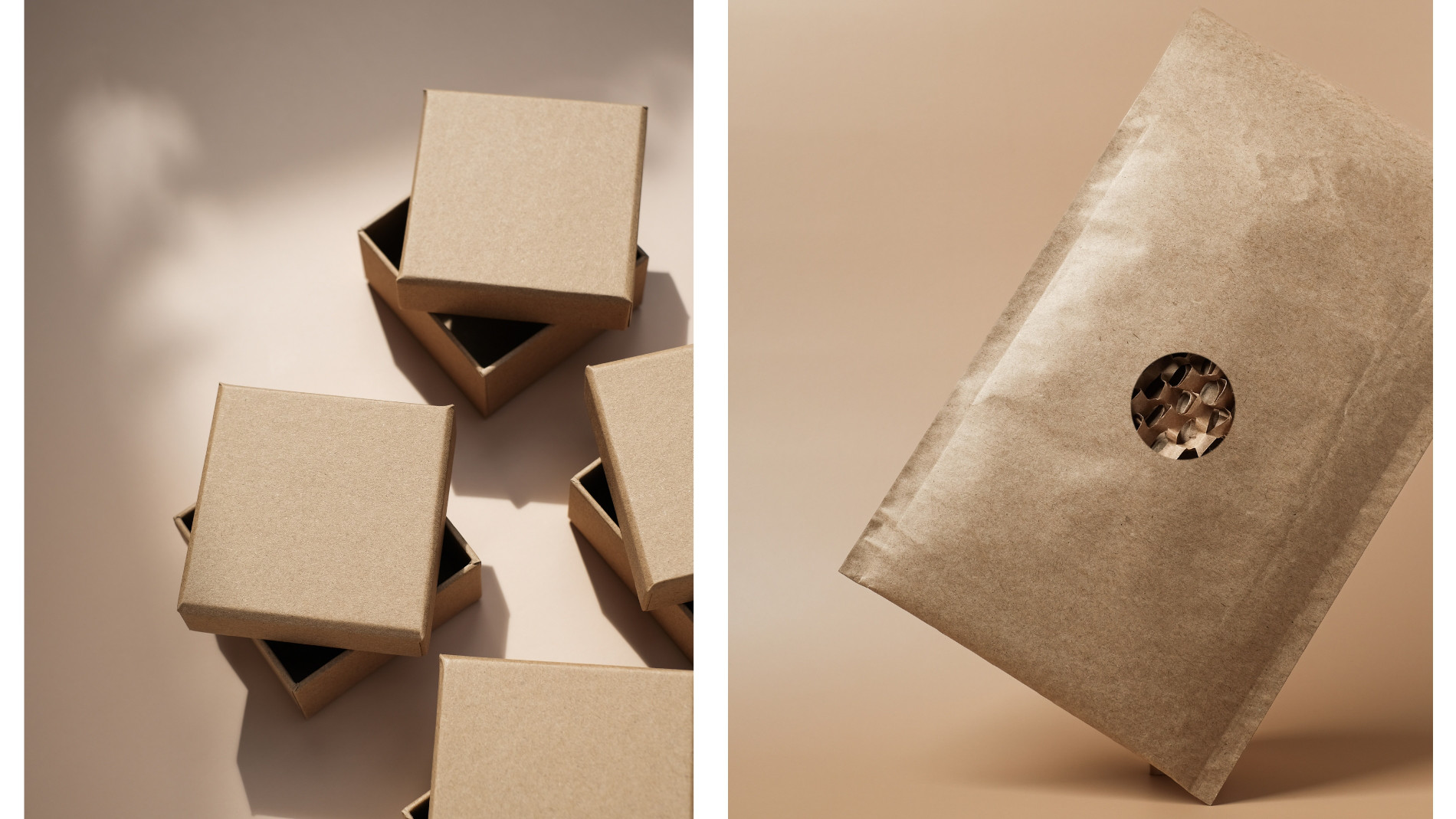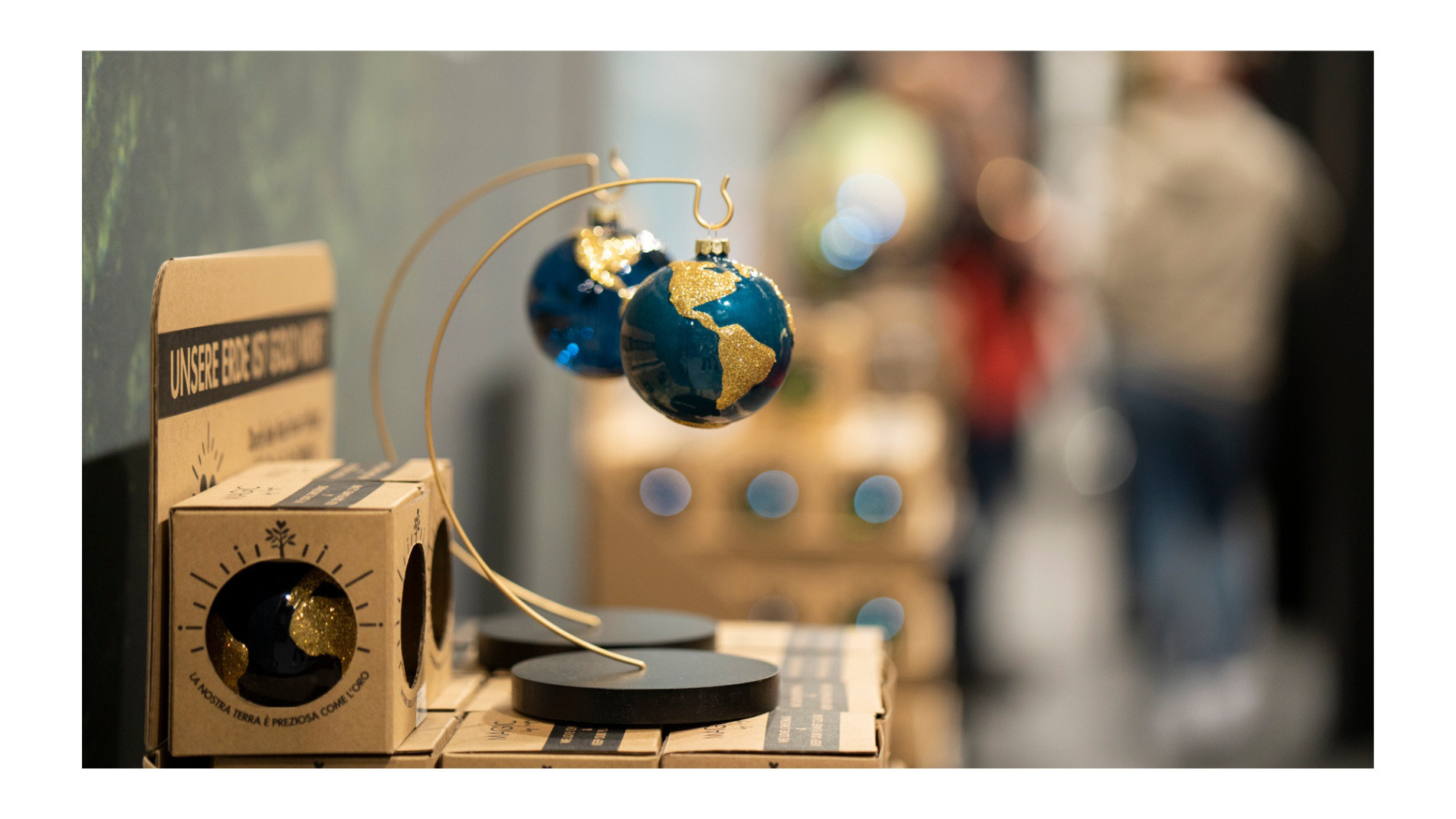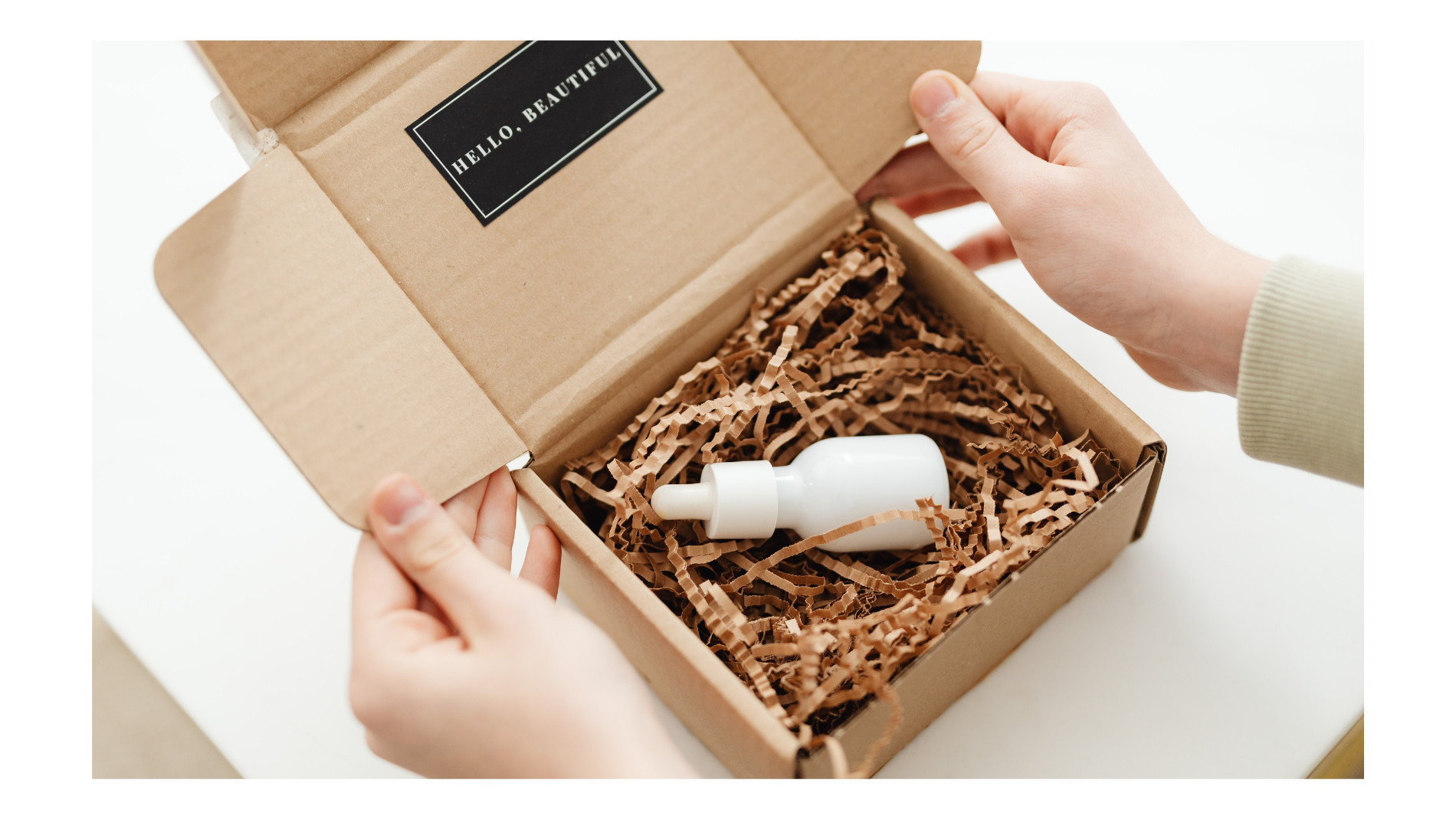Packaging protects goods and reinforces brand perception. But conventional materials like plastic harm the environment. Companies in retail, food, and e-commerce are therefore increasingly turning to sustainable alternatives. Learn more here about sustainable packaging solutions.
Options for Sustainable Packaging and Materials
Sustainable packaging materials use resources that are environmentally friendly in sourcing and processing. Key options include:
- Recycled paper and cardboard: ideal for outer packaging and shipping materials
- Biodegradable plastics (e.g. PLA): made from renewable resources like corn starch
- Grass and recycled paper packaging: resource-efficient and CO₂-reducing
- Textile bags made from organic cotton or jute: a sustainable alternative to plastic bags, especially in retail
- Filler material from recycled paper or corn starch chips: eco-friendly options for safe shipping

Recycled materials in particular offer major benefits: they reduce raw material consumption, save energy, and lower waste levels.
Tip: Sustainable gift wrapping isn’t limited to shipping boxes. Learn more in our interview with Jean Means.
Which Seals Should Retailers Look For?
Quality seals help identify truly sustainable packaging. Key eco-labels include:
- Blue Angel: marks environmentally friendly products, especially paper and cardboard
- FSC and PEFC seals: ensure wood and paper products come from sustainable forestry
- OK Compost / OK Compost HOME: certifies biodegradable packaging suitable for composting
- Cradle to Cradle: stands for fully circular production without waste
Looking at these certifications helps retailers make genuinely sustainable choices. In our Best Practice on Sustainability, discover how exhibitors at Ambiente and Christmasworld approach this topic.

Benefits of Sustainable Packaging
- Material Reduction for Greater Sustainability and Cost Efficiency Smaller, optimised packaging uses less material. This not only saves raw resources but also reduces shipping costs and the need for filler materials. The trend is especially notable in e-commerce.
- High Quality Despite Sustainability Reduced packaging must not compromise on protection. High-quality, tailored packaging solutions that can be reused help prevent shipping damage, reduce returns, and enhance the unboxing experience for customers.
- Efficient Shipping Processes Mobile packing stations, flexible dispenser systems for materials like paper strands, and other intelligent tools significantly reduce time and resource use.
- The “Unboxing Effect” as a Marketing Tool Packaging is increasingly considered part of the brand experience. Aesthetically pleasing, sustainable packaging supports the “unboxing experience” and fosters emotional customer connections. Personalised elements such as labels or sustainable tissue paper reinforce the positive impression.

Conclusion: Sustainable Packaging as a Success Factor
Sustainable packaging material is not only a response to ecological challenges, but also a key asset for brand positioning in environmentally conscious retail. By using recycled materials, compostable alternatives, and recognising trustworthy seals, companies can actively contribute to resource conservation while meeting the growing demands of eco-aware consumers. Find more practical tips and inspiration in our article on Sustainability in Retail.
Frequently Asked Questions About Sustainable Packaging Material
Why Are Packaging Materials Harmful to the Environment?
Conventional packaging often consists of plastic, which is based on fossil fuels and decomposes very slowly. Its production and disposal cause significant environmental damage.
What Is the Most Environmentally Friendly Packaging?
The most environmentally friendly packaging includes recycled materials, biodegradable alternatives, and reusable packaging with a long lifecycle.
What Types of Packaging Are There?
- Primary packaging (direct contact with the product)
- Secondary packaging (e.g. outer cartons)
- Transport packaging (protection during shipping)
All three categories can be made sustainable, for example by using recycled or compostable materials.

